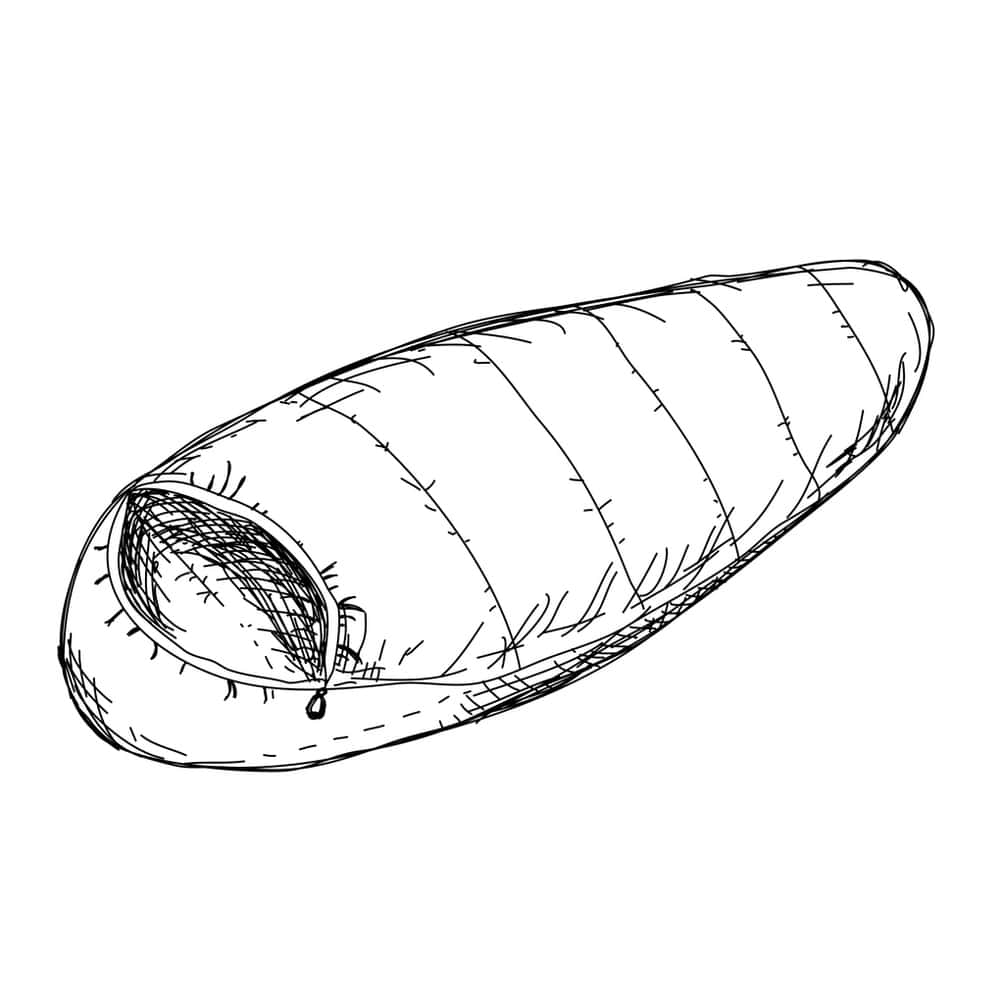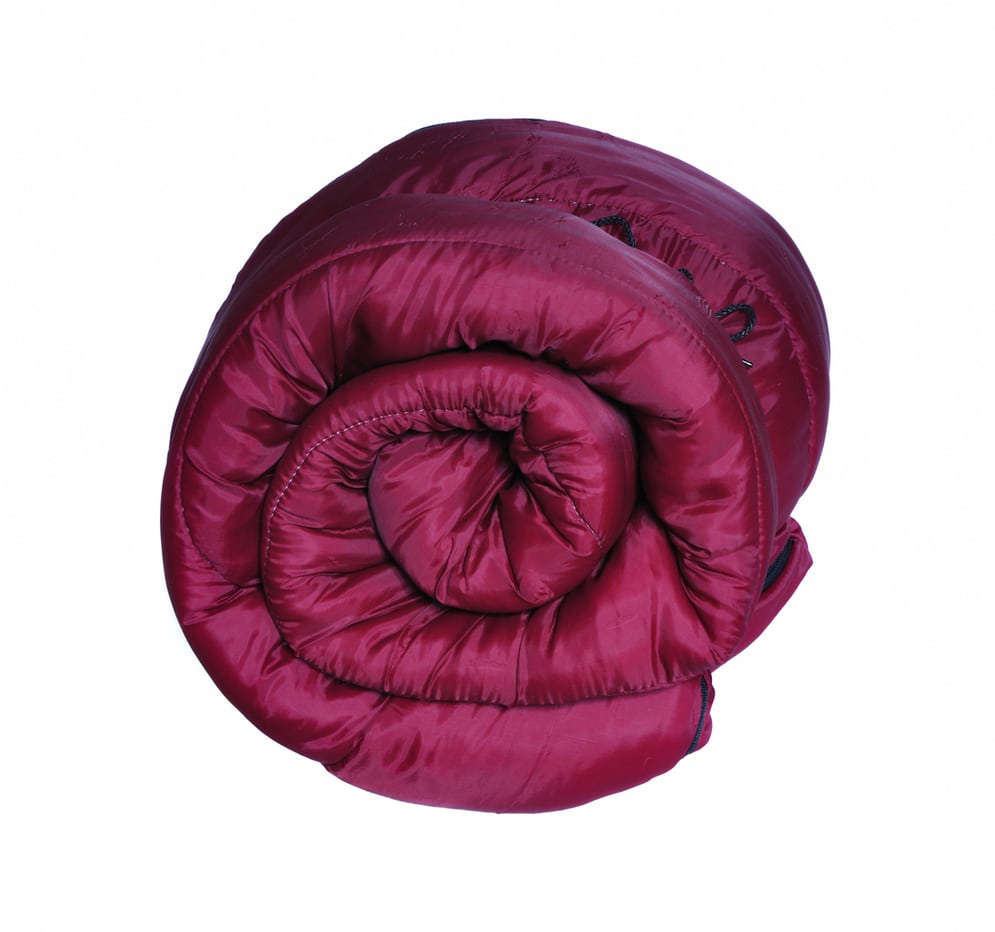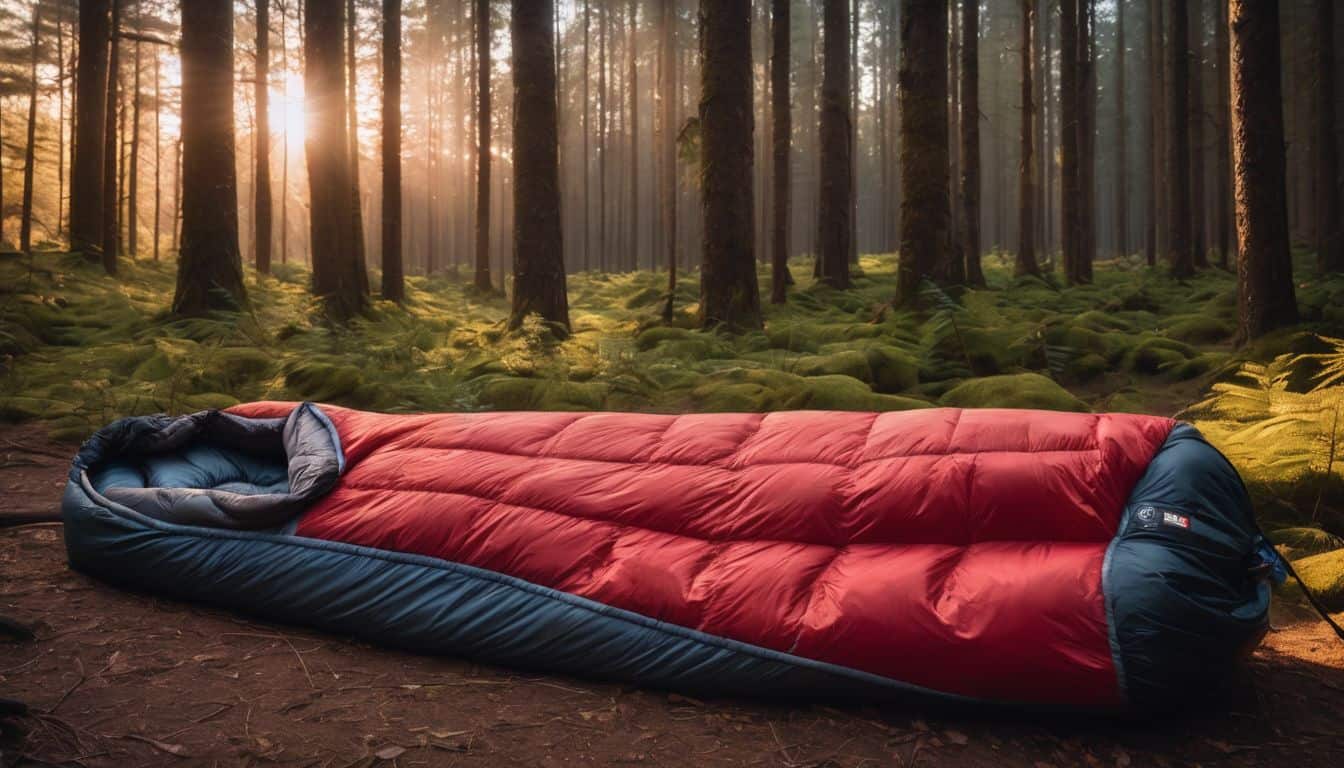Sleeping bag liners are an often overlooked but essential piece of camping gear that can significantly enhance your outdoor sleeping experience. These versatile accessories not only add comfort but also contribute to sleeping bag safety and longevity. Let’s dive into the world of sleeping bag liners and discover how they can improve your camping adventures.
What Is a Sleeping Bag Liner?
Sleeping bag liners are thin, lightweight sacks that fit inside your sleeping bag. They serve multiple purposes, from adding warmth to keeping your sleeping bag clean. Whether you’re a backpacker, car camper, or budget traveler, a liner can be a valuable addition to your gear. These versatile accessories act as a barrier between you and your sleeping bag, providing an extra layer of insulation and protection. They’re especially useful for extending the life of your sleeping bag and adapting to various temperature conditions during your outdoor adventures.
Types of Sleeping Bag Liners
There are two main types of sleeping bag liners:
Mummy-shaped liners
These fit snugly inside mummy-style sleeping bags, maximizing warmth and minimizing weight. The tapered design follows the contours of mummy bags, reducing excess material and potential cold spots. They’re ideal for backpackers and mountaineers who prioritize warmth and weight savings.
Rectangular liners
Also known as travel sheets, these are more versatile and can be used on their own in warm conditions. Their roomier design allows for more movement and can be comfortable for those who feel constrained in mummy bags. They’re great for hostel stays, warm-weather camping, or use with rectangular sleeping bags.

Materials Used in Sleeping Bag Liners
The material of your liner can significantly affect its performance. Common materials include:
- Silk: Lightweight and compact, excellent for backpacking. Silk liners are luxuriously soft, breathable, and offer a good warmth-to-weight ratio. They’re also quick-drying and naturally resist odors.
- Cotton: Durable and comfortable, ideal for car camping. Cotton liners are breathable and absorbent, making them great for warm conditions. They’re easy to care for but can be heavier and slower to dry than other materials.
- Fleece: Provides excellent warmth, great for cold conditions. Fleece liners add significant insulation and are soft against the skin. They’re bulkier than other options but can dramatically increase the temperature rating of your sleep system.
- Synthetics: Offer good moisture management and stretch. Materials like polyester or nylon are durable, quick-drying, and often treated for odor resistance. They’re a good all-around choice for various conditions.
Understanding the insulation properties of sleeping bags can help you choose the right liner material to complement your bag. Consider factors like the expected temperature range, humidity levels, and your personal sleep preferences when selecting a liner material.
Choosing the Right Sleeping Bag Liner
Consider your activities, climate, and weight requirements when selecting a liner. A silk liner might be perfect for backpacking, while a cotton liner could be ideal for car camping. For backpackers, weight and packability are crucial, making silk or synthetic liners attractive options. Car campers might prioritize comfort and durability, making cotton a good choice. Consider the temperature range you’ll be camping in; fleece or insulated liners add significant warmth for cold weather trips, while lightweight silk or synthetic liners are better for warm climates.
Special Features and Considerations
Some liners come with additional features like insect protection or antimicrobial treatments, which can be valuable in certain environments. Insect-resistant liners can be particularly useful in bug-prone areas, offering an extra layer of protection against mosquitoes and other insects. Antimicrobial treatments help prevent odor buildup, which is especially beneficial on longer trips. Some liners also feature stretch panels for improved comfort or pillow pockets for added convenience.

Care and Maintenance of Sleeping Bag Liners
Proper care is essential for the longevity of your liner. Learn how to care for and maintain your sleeping bag and apply similar principles to your liner. Most liners can be machine washed on a gentle cycle with mild detergent. Avoid using fabric softeners, which can reduce the liner’s wicking properties. Air dry or tumble dry on low heat, depending on the material. Always ensure your liner is completely dry before storing to prevent mold and mildew growth.
Environmental Considerations
When choosing a liner, consider eco-friendly materials and manufacturing processes to minimize your environmental impact. Look for liners made from sustainable materials like bamboo or recycled synthetics. Some manufacturers use eco-friendly dyes and treatments. Consider the durability of the liner as well; a longer-lasting product means less waste over time. Additionally, by using a liner, you’re reducing the frequency of washing your sleeping bag, which can save water and energy.
Cost Analysis
While liners add an initial cost to your gear setup, they can save money in the long run by extending the life of your sleeping bag and providing versatility in different conditions. A good quality liner can cost anywhere from $30 to $100, depending on the material and features. However, by protecting your sleeping bag from wear and tear, you’re potentially adding years to its life. Additionally, a liner can extend the temperature range of your sleeping bag, potentially eliminating the need for multiple bags for different seasons.
Conclusion
By incorporating a sleeping bag liner into your outdoor sleep system, you can enhance comfort, improve hygiene, and potentially extend the temperature range of your sleeping bag. Whether you’re a seasoned backpacker or a casual camper, a well-chosen liner can be a valuable addition to your gear collection.

Leave a Reply